Perry Marshall challenges the case made in Michael Levin's article last Thursday that patterns are alive, and that all life forms and thought are living patterns. Marshall argues that bacteria and viruses are more complicated than we imagine, but this is not a basis to claim that all lifeforms and thought can be explained by patterns.
Michael Levin insists the line between thoughts and thinkers is blurry. Other life forms might exist at forms and scales entirely foreign to us.
He’s right. However… we don’t have a snowball’s chance of recognizing those, until we first acknowledge the living capacities of our own bodies and back yards.
In 1955, Alfred Hitchcock aired "Breakdown" on TV. It’s a gripping episode about William Callew, a businessman left paralyzed but conscious after a car accident. Mistaken for dead, Callew's car is ransacked by convicts. Immobile, he can only watch as passersby also assume he’s deceased.
The TV audience is privy to Callew's internal monologue. His desperation ratchets upward as he silently pleads for someone to notice signs of life.
As darkness descends, authorities arrive to clear the accident scene. They transfer Callew's presumed corpse to a morgue. Moments before the autopsy begins, a mortician spots a tear rolling down Callew's cheek.
"He's alive!"
An assistant reassures Callew, "It's alright. Don't worry, fellow. We know! We'll take care of you."
Do rocks feel pain?
Do dead people feel pain?
How do you know if someone is alive?
How we know if anything is alive???
These are all versions of the qualia problem, which says: though we define red as “light at 650nm wavelengths,” there’s no way to test whether your inner experience of red is the same as mine.
In fact… there’s no way to know whether your experience of anything is the same as mine. Experiences are subjective. The creatures in Levin’s story are arguing about qualia.
SUGGESTED VIEWING Arc of life: Daniel Dennett With Daniel Dennett
The Broader Question of Sentience
And the question is far bigger than that. Do dogs and cats feel pain? Fish? How about daddy long-legs spiders? Bacteria? Trees?
What about rocks? Or the wood in your kitchen table? Do they feel pain? How do we tell they’re alive or dead?
___
While rocks and chemical reactions contain limited information, only cells and man-made machines encode and decode messages.
___
The commonsense answer to these questions says: Does Callew cry when you cut him? Then he must be alive. If he doesn’t cry, move or twitch… he’s dead.
Evolution 2.0 and the Search for Life’s Origins
When Evolution 2.0 announced our $10 million origin of life prize, we had to distinguish life from non-life as clearly as possible. Sorting through hundreds of possible criteria, we settled on communication. So far in the history of science, codes always come from life, never from non-life. Levin suggests other life forms might appear around us, in vastly different guises. I’m open to this but have yet to see evidence for it.
Prize applicants must answer the question: Does your system create and interpret codes?
Communication: The Hallmark of Life
While rocks and chemical reactions contain limited information, only cells and man-made machines encode and decode messages. This aligns with Claude Shannon's communication theory, as life relies on the genetic code. Its origin remains a mystery.
A process that provokes chemicals to produce code will be at least as great a discovery as quantum mechanics, the transistor or Internet.
Extraterrestrial Communication









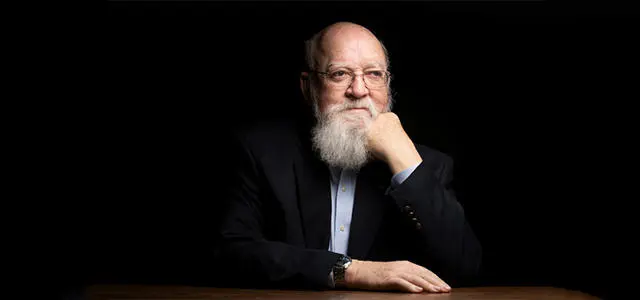

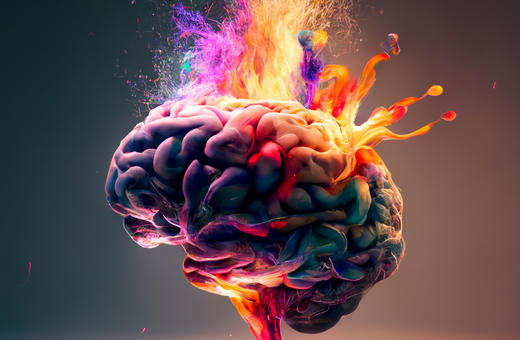




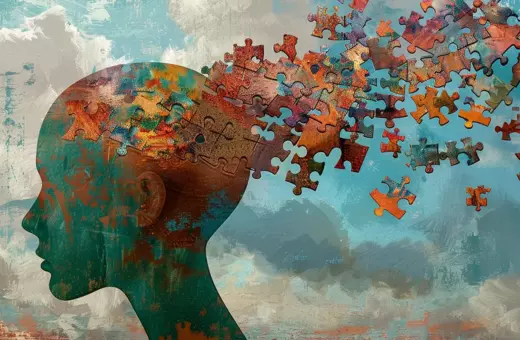
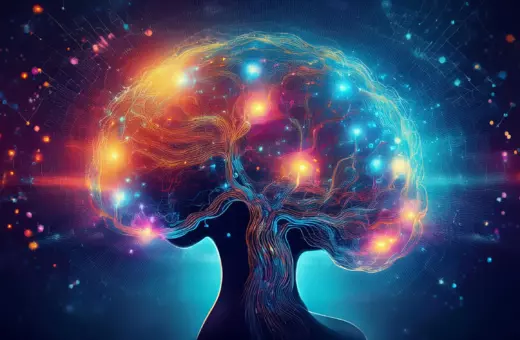
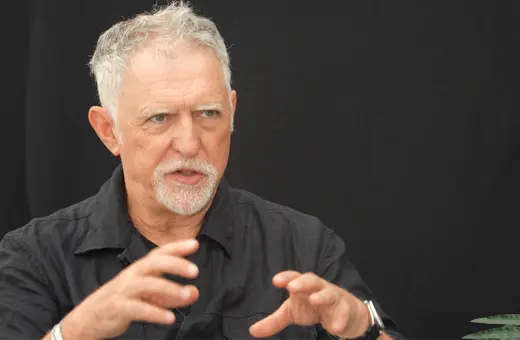



Join the conversation